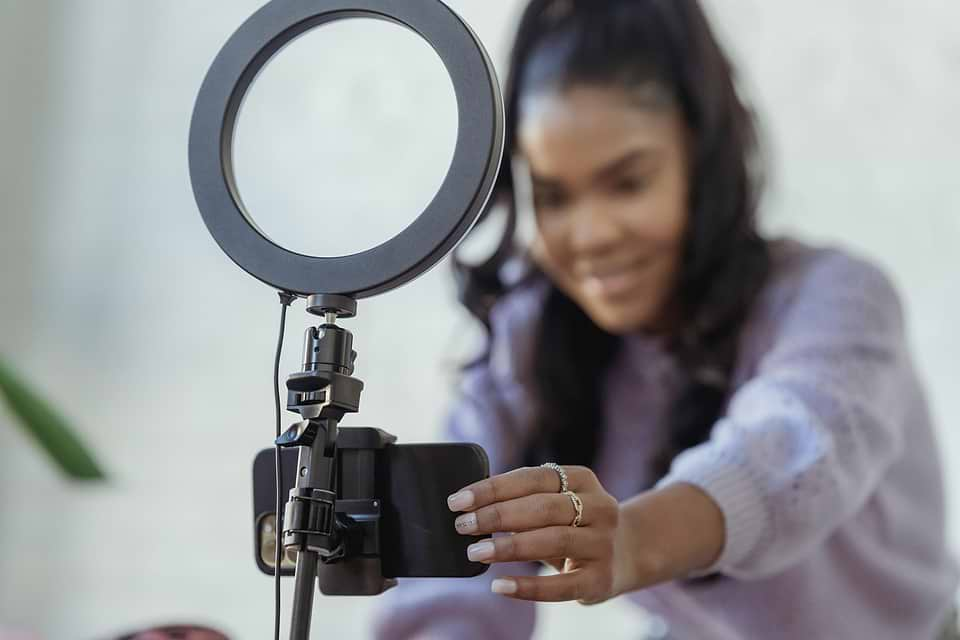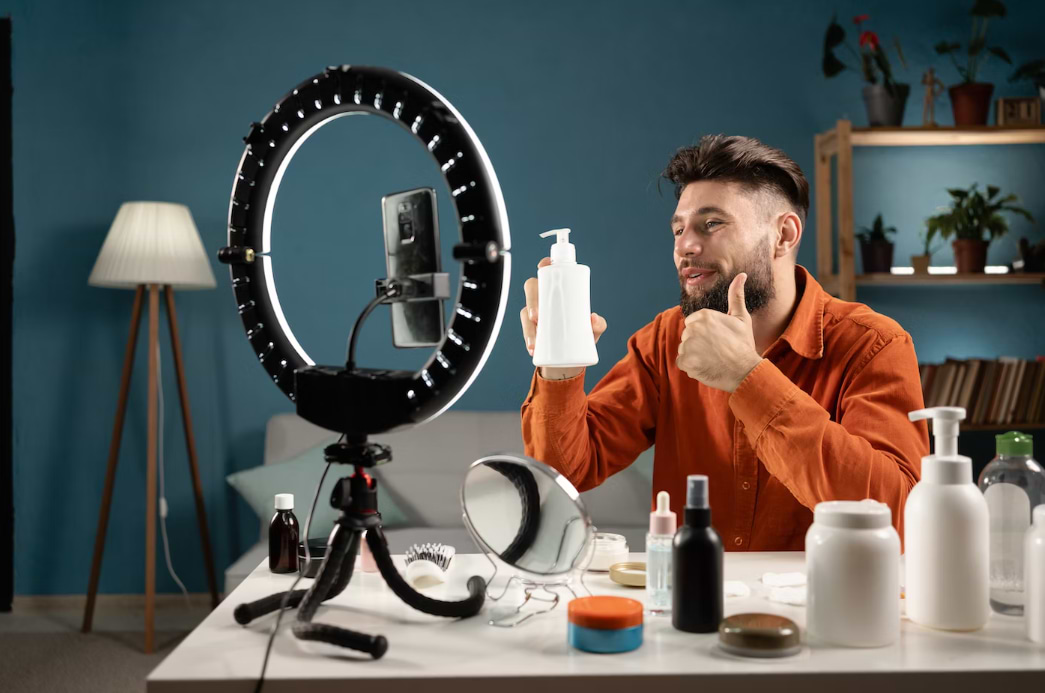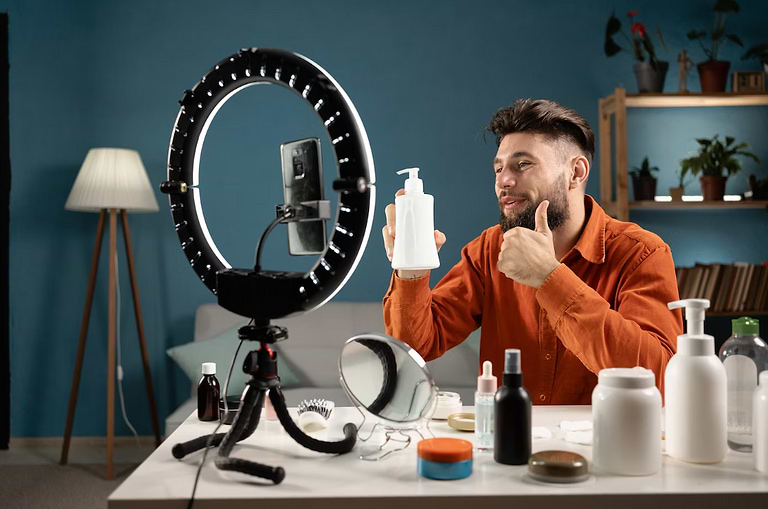Live Commerce Best Practices: 7 Steps to Guarantee Success



01/03/2024
Livestream shopping, Tips and tricks
So you decided you'd like to launch a live commerce event. What next?
You might be aiming to increase sales, drive new audiences, engage customers with a new and exciting experience, or maybe because your competitors are doing it. Whatever the reason may be, the key question is, what’s next?
Like anything new that a brand or retailer tries, it is often an experiment to try and see if it can accentuate the brand further and ultimately drive sales. The goal is always for live shopping to become an ongoing part of a brand’s marketing mix, not a one-off strategy.
Here are 7 live commerce best practices that we recommend to all brands and retailers who are diving into live commerce, often for the first time.
1. Know your target market
Before diving into live commerce, start at the onset by thoroughly researching and identifying your brand’s audience. Understand who they are, what they buy or do, and through what channels. As live commerce is a new touchpoint for customers, ensure you understand what current marketing and product touch points are.
For example, we brought on an up and coming beauty brand that was trending on TikTok and Instagram at the time. They were known for one specific product, and we figured that every brand must have a hero product, so this made a logical segway in introducing live shopping into the marketing mix. We successfully built a story around the product and capitalized on creators with an audience in the beauty community. The strategy was customized to the brand’s specific, social media savvy audience, which is paramount as a live commerce best practice.
2. Do your research, particularly on trends and competition
Engage in conversations or surveys to gain further insights into your audience’s needs, and understand the trends of your industry vertical, whether its beauty, tech, personal care or healthcare. Allow your customers and shoppers to express their perspective, preferences, and challenges. Conducting live commerce conversations enables brands to gather nuanced information and understand where live shopping fits into the marketing strategy. Further, see what competitors are doing in the space; for example, in the beauty industry, almost every brand has either held social media livestreams or Q&As with brand founders or influencers, particularly post pandemic. This allows brands to not fall behind in key touchpoints with audiences.

3. Create measurable goals to achieve from live commerce
There are many reasons why brands will want to try live commerce; whether it’s achieving a positive return on investment (ROI), acquiring new customers, or enhancing content creation with the help of influencers and live shopping hosts. Create measurable goals that allow you to set up KPIs that can be assessed after the live shopping event.
For example, when onboarding a personal care brand with less exposure on the market, we chose top notch creators from our content creator marketplace who had larger and engaged followings to spread the word better about the brand through live shopping. The goal here was more about awareness, measured by the size of engaged audience attendees, versus a more established brand that may want to drive higher conversion.
4. Determine expectations by setting benchmarks and KPIs
Establish clear benchmarks and expectations to measure progress towards the previously mentioned measurable goals. With live shopping, some KPIs are lower return rates, higher engagement, higher sales, and on a more mechanical level, duration of live shopping event, percentage of engaged users, and types of product purchased.
For instance, if the objective is customer acquisition, define specific targets for acquiring new customers within a designated time frame. To ensure customer success, discuss short-term and long-term expectations, as well as the optimization period required for your product or partnership to yield desired outcomes. Ideally, over time, live shopping becomes another pillar of the marketing mix, and not just a one shot initiative.

5. Choose a partner and launch your live commerce events
Once your are set, evaluate the best partner or vendor for your live shopping event. With a partner like buywith, the platform seamlessly integrates with your ecommerce site, which gives brands the ownership on data, shopping metrics and
When the vendor is selected, launch your partnership and initiate action plans. With live shopping, the first steps are onboarding and training creators, running tests on how the software is seamlessly integrated into the brand’s ecommerce site, and testing demonstrations of the products chosen to showcase, all before the first live shopping event happens. buywith also takes care of selecting the top influencers from our trained and vetted Top 100 Influencers Report.
6. Identify opportunities for development with live commerce
Continuously monitor progress, test different strategies, and adapt based on real-time feedback and performance data, which is always available during and after a live shopping event. Understand that goals are fluid and subject to change as you learn and evolve in your partnership with more live shopping events.
Many brands expect sales from a live shopping event right away, and in our experience, sales can continue to occur much after the event is over. As per one of our recent webinars, 87% of the revenue from livestreams comes from replays of the live shopping event; so we always suggest reusing the content for other marketing channels.
7. Rinse and repeat, like other ongoing marketing strategies
Finally, recognize that similar to other marketing strategies like paid social ads, email marketing or traditional advertising, livestream shopping is an iterative process. Continuously evaluate, refine, and iterate your approach based on ongoing feedback and outcomes. Embrace a cycle of continuous improvement to ensure that live shopping doesn’t stay as a new fad to try, but a long term marketing strategy.
For example, the first live shopping event for one of our beauty tech brands was to generate awareness about the brand, but the second live shopping event was more educational in nature. The brand had a specific technology that needed demonstrating, and during the livestream, audiences asked questions that eventually expedited their decision to purchase. Thereafter, other live shopping events with the brand have been to capitalize on this and drive better conversion.

In Conclusion
Live shopping is new to many brands and retailers, and we suggest easing into live shopping in an educational and meaningful way. By following the aforementioned live commerce best practices and maintaining a proactive and adaptive approach, live shopping can fulfill your objectives for your brand. Join us in learning more about how live shopping can make a difference to your business and let’s chat!

Senior Customer Success Manager at buywith
Carissa Hills is the Senior Customer Success Manager at buywith, a leading live shopping platform and creator marketplace. Her diverse industry experience spans across live commerce, retail, social media, and influencer marketing. Carissa has helped successfully launch the livestream efforts of countless retailers, providing each with attentive guidance in order to achieve their livestream goals. She is dedicated to building lasting client relationships and applying her enthusiasm and knowledge to ensure the utmost success of her clients and partners at buywith.
Additional articles
Additional
articles
Stay updated
We’ll keep you in the loop on all the latest news and insights about livestream shopping
























